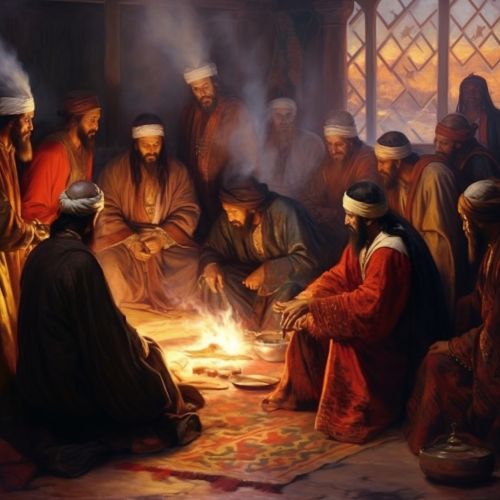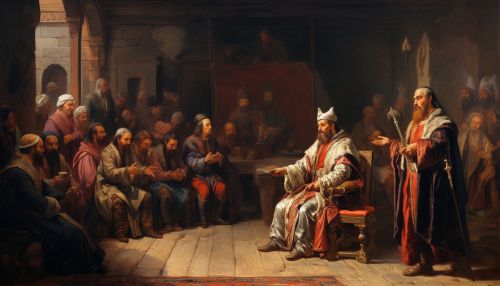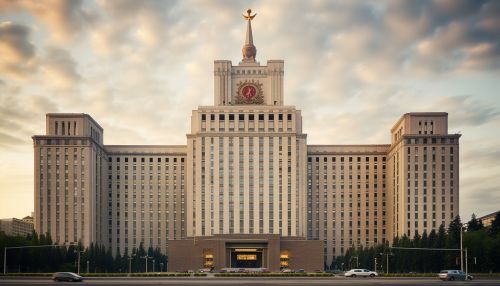Duma
Origins and Early History
The Duma, a major aspect of the Russian government, has its roots in the Boyar Duma of the Russian Empire. The Boyar Duma was an advisory council to the grand princes and tsars of Muscovy. The members of this council, known as boyars, were the highest-ranking nobility in Russia. The Boyar Duma was not a permanent institution; it was convened by the tsar when he needed advice or assistance in governing the country. The Boyar Duma was a precursor to the modern Duma, and its role in Russian history is significant.


The term "Duma" was revived in the late 19th century, when the Tsarist regime was under pressure to reform. In 1905, Tsar Nicholas II issued a manifesto promising a constitution and a legislative assembly. This assembly, known as the State Duma, was established in 1906. The State Duma was a lower house of parliament, with an upper house known as the Council of the Empire. The State Duma had limited powers and was often in conflict with the Tsar. The State Duma was dissolved by the Tsar in 1917, during the Russian Revolution.
The Soviet Period
During the Soviet period, the term "Duma" was not used. Instead, the Supreme Soviet of the Soviet Union was the highest legislative body. The Supreme Soviet was a bicameral parliament, with a lower house known as the Soviet of the Union and an upper house known as the Soviet of Nationalities. The Supreme Soviet was largely a rubber-stamp body, with real power residing in the Communist Party of the Soviet Union.


The Modern Duma
With the dissolution of the Soviet Union in 1991, Russia became a federation. The new constitution, adopted in 1993, established a bicameral Federal Assembly, with a lower house known as the State Duma and an upper house known as the Federation Council. The State Duma is the more powerful of the two houses. It has the power to pass laws, approve the budget, and confirm the appointment of the Prime Minister. The Federation Council has a more limited role, mainly concerning the approval of constitutional amendments and federal laws concerning the budget, federal taxes, and the ratification of international treaties.


The State Duma is composed of 450 deputies, who are elected for a term of five years. Half of the deputies are elected by proportional representation from party lists, and the other half are elected from single-member constituencies. The State Duma has a number of committees, which are responsible for drafting legislation and overseeing the work of the government.
Role and Influence
The Duma plays a crucial role in the Russian political system. It is the main legislative body, with the power to pass laws and approve the budget. The Duma also has the power to confirm the appointment of the Prime Minister, and can express a vote of no confidence in the government. However, the Duma's powers are limited by the strong executive powers of the President. The President has the power to dissolve the Duma and call new elections, and can also veto legislation passed by the Duma.
Despite these limitations, the Duma has a significant influence on Russian politics. It is a forum for political debate and a platform for opposition parties. The Duma also has a role in shaping public opinion, through its debates and its legislative work.
Criticisms and Controversies
The Duma has been the subject of numerous criticisms and controversies. Critics argue that the Duma is not truly independent, and that it is dominated by pro-government parties. There have also been allegations of electoral fraud and corruption. Despite these criticisms, the Duma remains a key institution in the Russian political system.
